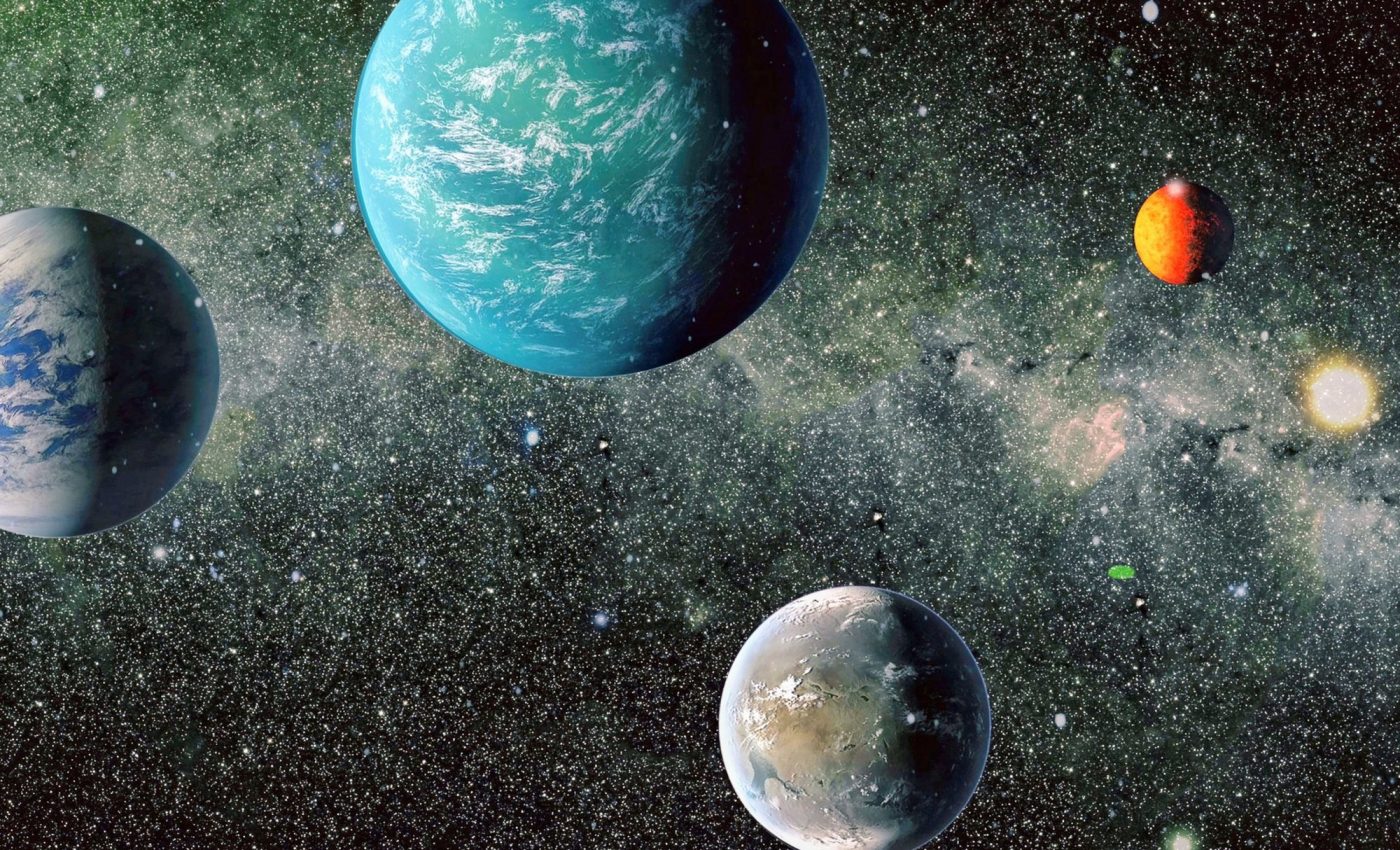
Thousands of worlds do not fit the definition of a 'planet'
In the ever-evolving universe of astronomy, the definitions of planets sometimes have to catch up with new discoveries and understandings.
The term “planet,” as defined by the International Astronomical Union (IAU), is currently under scrutiny.
The longstanding definition describes a planet as a celestial body that orbits the sun, has enough mass to be forced into a spherical shape by gravity, and has cleared away other objects from its orbit.
This IAU definition, however, only applies to celestial bodies within our solar system, sparking debate among scientists.
Expanding the definition of planets
We reside in a vast universe, where celestial bodies orbiting outside of our own solar system are frequently discovered.
This reality prompts a thought-provoking question: shouldn’t the definition of a planet expand beyond the bounds of our solar system?
A soon-to-be-published article in a well-known scientific journal argues in favor of just that. The study authors propose a new definition of a planet – one unrestricted by our solar system’s boundaries and bolstered by quantitative criteria.
An outdated definition of planets
The pioneers of this proposal are scientists from the University of California, Los Angeles (UCLA). They are championing a replacement for the IAU’s definition, which they view as sun-centric and outdated.
“The current definition specifically mentions orbiting our sun. It only applies to the planets in our solar system,” said study lead author Professor Jean-Luc Margot. He added that the team’s proposal will apply to celestial bodies orbiting any star, stellar remnant, or brown dwarf.
The researchers argue that the IAU’s requirement for a planet to orbit our sun is overly specific while other criteria are excessively vague.
They present a clear-cut definition, packed with quantifiable criteria applicable to planets both within and outside our solar system.
The characteristics of planets
According to the new proposal, a planet is a celestial body that orbits one or more stars, brown dwarfs, or stellar remnants. It has a mass exceeding 1,023 kg, but less than 13 Jupiter masses (2.5 X 1,028 kg). Providing such specific mass limits is a key component of the proposal.
The scientists used a mathematical algorithm to study the properties of objects in our solar system and identify distinct attributes shared by our planets.
The analysis served as a foundation for developing a universal classification for these celestial bodies, introducing critical elements like dynamical dominance.
Mass and gravitational influence
An object is said to be dynamically dominant if it possesses enough gravity to clear a path by accumulating or ejecting smaller objects nearby.
Interestingly, all planets in our solar system exhibit this trait, but others, such as dwarf planets like Pluto and several asteroids, do not. Consequently, this trait has been cited as a crucial addition to the planet definition.
While dynamical dominance sets a lower mass limit, mass also serves as an upper limit, particularly when celestial bodies become so large that they initiate thermonuclear fusion of deuterium and transform into substars known as brown dwarfs.
Notably, the requirement for a planet to be spherical is more complicated to implement due to the difficulty in observing distant planets’ shapes.
Therefore, the authors propose grounding definitions in mass, which is easier to measure, thereby circumventing debates about whether or not a celestial body meets the spherical criterion.
Planets and dwarf planets
A revision of the official IAU definition of a planet may not be impending, but the researchers hope that their work will spark a discussion leading to an improved definition.
Under the proposal, the distinction between planets and dwarf planets becomes clearer.
Dwarf planets, like Pluto, which lack dynamical dominance, are part of a separate category. This ensures that the definition exclusively includes bodies that fit the stringent mass and dynamical dominance criteria.
Understanding exoplanets also plays a crucial part in the discussion. Exoplanets – planets located outside of our solar system – demand a definition that transcends solar system-centric limitations.
By focusing on mass and gravitational influence, the new definition provides a robust framework, making classification easier and more accurate.
The study is published in The Planetary Science Journal.
—–
Like what you read? Subscribe to our newsletter for engaging articles, exclusive content, and the latest updates.
Check us out on EarthSnap, a free app brought to you by Eric Ralls and Earth.com.
—–













